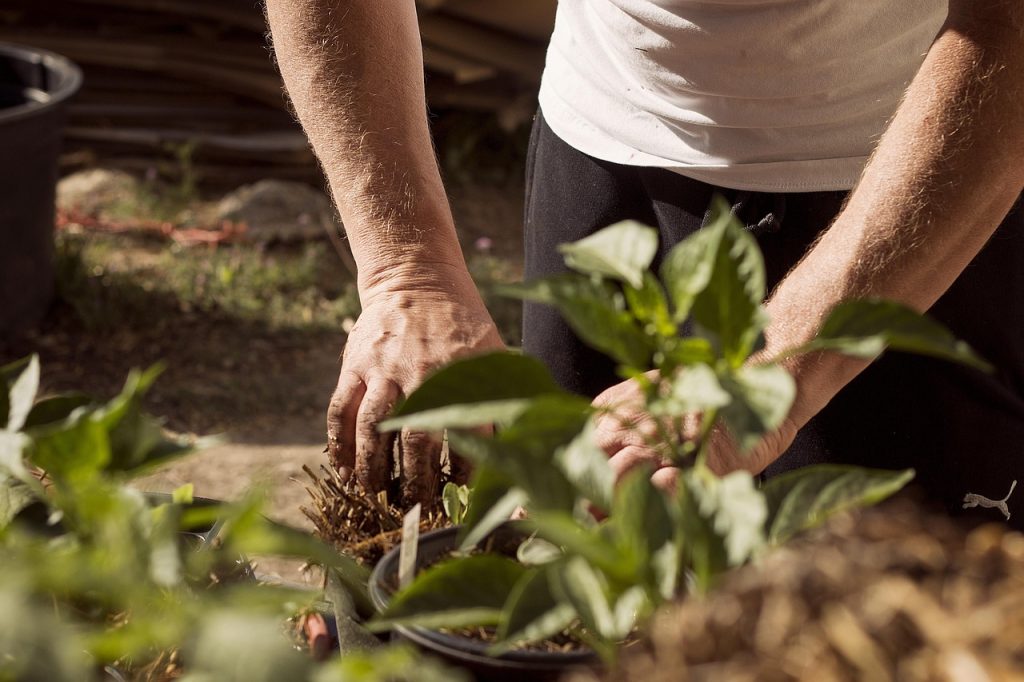As gardeners, we often find ourselves at the mercy of the seasons, each bringing its own set of challenges and opportunities. With the turn of each season, our approach to gardening must adapt to accommodate changing weather patterns, temperature fluctuations, and plant needs. Whether you’re a seasoned green thumb or a budding horticulturist, understanding how to navigate these changes can make all the difference in cultivating a vibrant and healthy garden. Let’s dig into some essential seasonal gardening tips, tailored to help your garden flourish throughout the year.
Spring: Awakening Your Garden
Spring is a time of renewal and growth, making it the perfect opportunity to set the foundation for a successful gardening year. As the frost recedes and the first green shoots appear, gardeners everywhere feel a sense of excitement and anticipation.

Start with a Clean Slate
Begin by clearing away any debris left over from winter. This includes fallen branches, dead leaves, and any other materials that may have accumulated. Clearing this debris not only tidies up your garden but also prevents the spread of disease and pests that can lurk in the buildup.
Soil Preparation is Key
Healthy soil is the cornerstone of a productive garden. Test your soil to determine its pH level and nutrient content. This will guide you on what amendments are needed, such as lime for acidic soils or sulfur for alkaline conditions. Incorporating organic matter like compost or well-rotted manure will improve soil structure, fertility, and drainage.
Time to Plant
Spring is ideal for planting hardy annuals and perennials. Frost-tolerant vegetables like peas, spinach, and kale can be started early in the season. For regions with longer winters, start seeds indoors to get a jump on the growing season. As the weather warms, gradually transition these seedlings outdoors through a process called hardening off, which reduces shock and improves survival rates.
Summer: Nurturing Your Flourishing Garden
With the arrival of summer, gardens burst into life. This season calls for diligent care and attention as plants grow, flower, or even start to fruit.
Consistent Watering
Water is crucial during the hot summer months. Establish a regular watering schedule early in the morning or late in the evening to minimize evaporation. For water conservation, consider using drip irrigation systems or soaker hoses that deliver water directly to the plant roots, where it’s most needed.
Pest and Disease Management
Keep an eye out for signs of pests and diseases. Early detection is vital for effective control. Use environmentally friendly options whenever possible, such as neem oil for pests or baking soda for fungal diseases. Encouraging beneficial insects, like ladybugs and bees, can also help manage pest populations naturally.

Support and Pruning
As plants grow, they might need additional support. Use stakes, trellises, or cages to keep your plants upright and ensure they have adequate air circulation. Regular pruning not only helps shape plants but also encourages healthier growth and productivity, especially in fruit-bearing plants.
Fall: Preparing for the Dormant Season
Fall is a time of preparation and transition. As the growing season winds down, it’s important to prepare your garden for the colder months ahead.
Harvesting and Preserving
Reap the rewards of your labor by harvesting fruits, vegetables, and herbs. Many herbs can be dried or frozen for winter use, while vegetables like carrots and potatoes can be stored in a cool, dry place. This is also the time to collect seeds for next year’s planting.
Protecting Your Soil
After harvesting, it’s crucial to protect your soil. Plant cover crops like clover or rye, which will add nutrients, prevent erosion, and suppress weeds. Alternatively, a layer of mulch can help protect the soil from winter extremes while maintaining moisture.
Planting for Spring
Fall is the perfect time to plant bulbs such as tulips, daffodils, and crocuses, which require a winter chill to bloom in spring. It’s also a good opportunity to add new perennials to your garden as they have time to establish roots before the frost sets in.
Winter: The Quiet Months
While winter may seem like a quieter time in the garden, there are still plenty of tasks to keep gardeners busy.
Tool Maintenance
This is the ideal time to clean, sharpen, and oil your gardening tools. Well-maintained tools make gardening more efficient and are less likely to cause damage to plants.

Planning Ahead
Use the quieter winter months to plan for the upcoming gardening year. Research plants, design new garden layouts, and order seeds. This preparation can make all the difference when the busy spring season arrives.
Winter Protection
Ensure sensitive plants are protected from frost and freezing temperatures. Use burlap or frost cloths to cover delicate plants. Mulching around the base of plants can also help insulate roots from extreme cold.
Conclusion
Through the changing seasons, the diligent gardener can find both joy and challenge. By understanding the specific needs of your garden throughout the year and adjusting your care accordingly, you can enhance its health and vitality. Remember, each season brings its own beauty and opportunity for growth, both for your plants and for you as a gardener.
Frequently Asked Questions
How do I know when to water my plants in the summer?
Watch the soil rather than the calendar. If the top inch of soil is dry, it’s time to water. Early morning is generally the best time to water to reduce evaporation and allow the water to soak deeply into the soil.
What are some effective organic pest control methods?
Organic gardening promotes several natural pest control methods, including introducing beneficial insects, such as ladybugs and lacewings, using neem oil, and planting companion plants that naturally repel pests.
Can I plant vegetables in the fall?
Yes, many vegetables thrive in the cooler temperatures of fall, such as lettuce, kale, and broccoli. Planting these can extend your gardening season and yield a delicious autumn harvest.